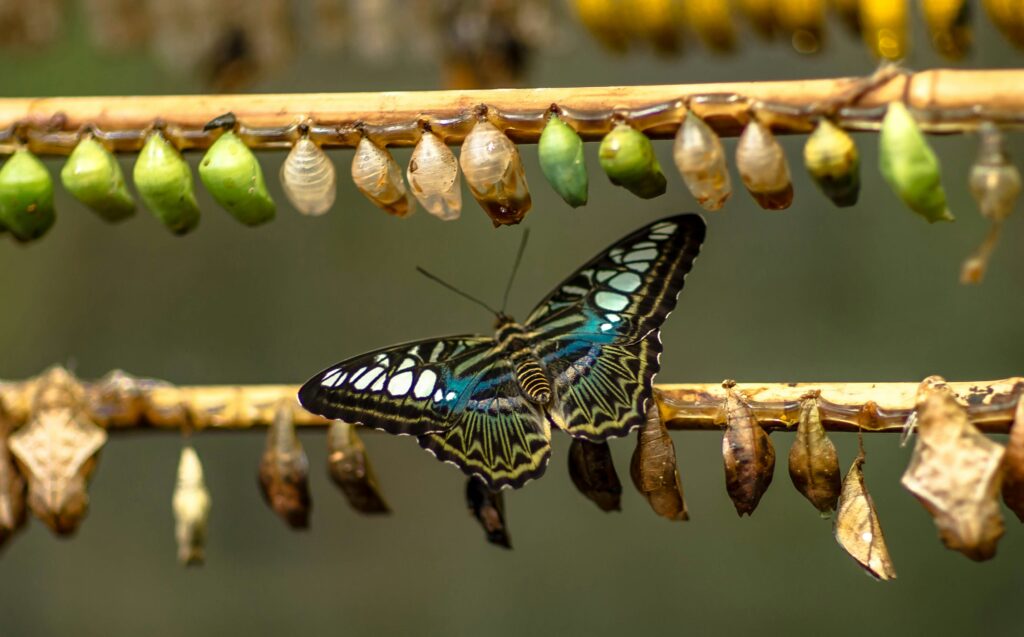The natural world is filled with jaw-dropping transformations, but few are as mind-bending as what happens inside a butterfly chrysalis. While you might imagine a caterpillar simply growing wings and changing colors, the reality is far more shocking. The tiny creature you watched munching on leaves literally dissolves into a nutrient-rich soup before rebuilding itself from scratch. This process, called complete metamorphosis, represents one of nature’s most extreme makeovers – and it’s happening right in your backyard.
The Shocking Truth About What Happens Inside a Cocoon
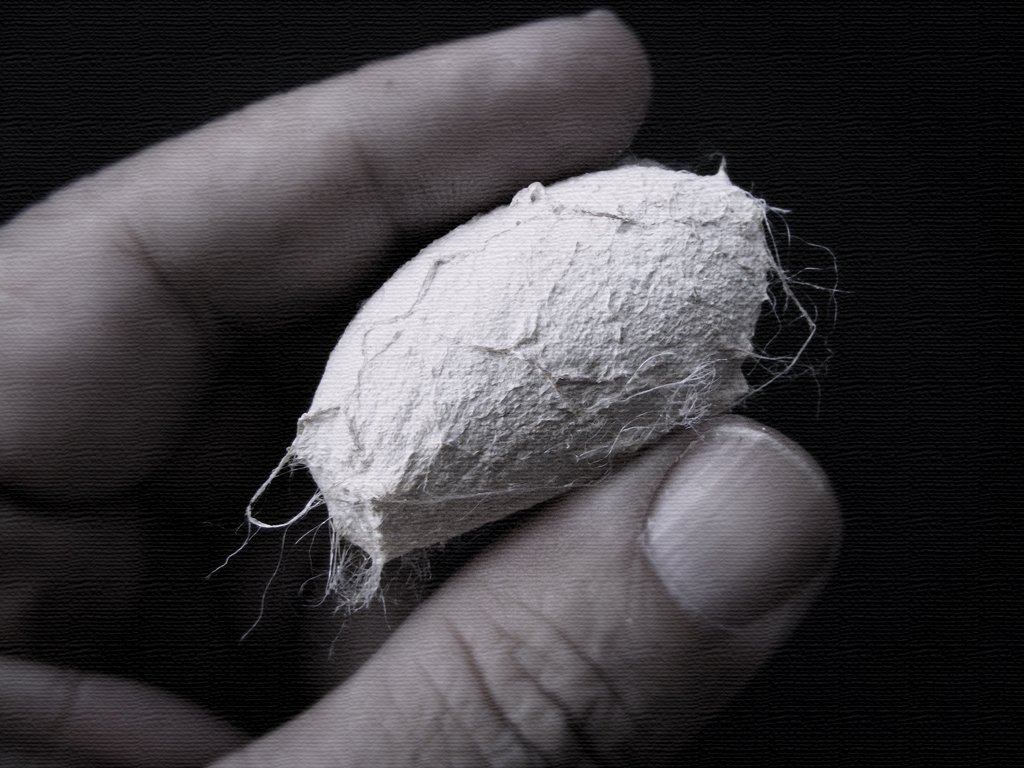
Inside that innocent-looking chrysalis hangs what can only be described as biological horror and wonder combined. The caterpillar’s body doesn’t gradually transform – it completely breaks down into a cellular soup through a process called histolysis. Special enzymes dissolve most of the larva’s tissues, including muscles, organs, and even parts of the nervous system. What remains is essentially a bag of nutritious goo that will fuel one of nature’s most incredible rebuilding projects. This isn’t a gentle renovation; it’s a complete demolition and reconstruction job that would make any architect weep with envy.
The Secret Architects: Imaginal Discs That Hold the Blueprint
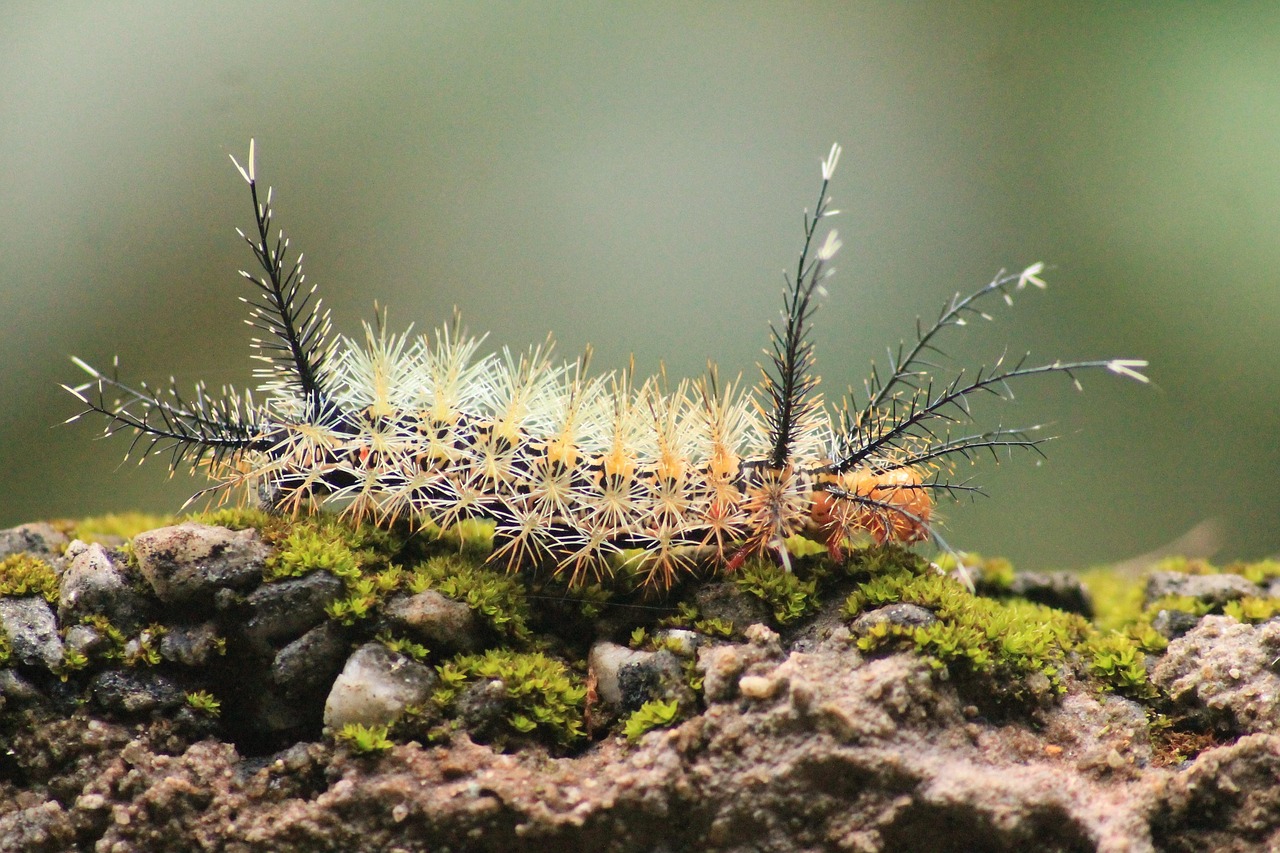
Before you start feeling sorry for the dissolving caterpillar, here’s where the story gets truly fascinating. Hidden throughout the larva’s body are tiny clusters of cells called imaginal discs – nature’s ultimate sleeper agents. These microscopic structures have been patiently waiting their turn, completely inactive during the caterpillar’s eating phase. Each disc contains the genetic blueprint for a specific adult body part: wings, legs, antennae, reproductive organs, and eyes. When metamorphosis begins, these cellular time bombs activate and begin their transformation using the nutrient soup surrounding them. It’s like having a construction crew that’s been in hibernation, suddenly waking up with detailed blueprints and unlimited building materials.
Why Evolution Chose This Extreme Makeover Strategy
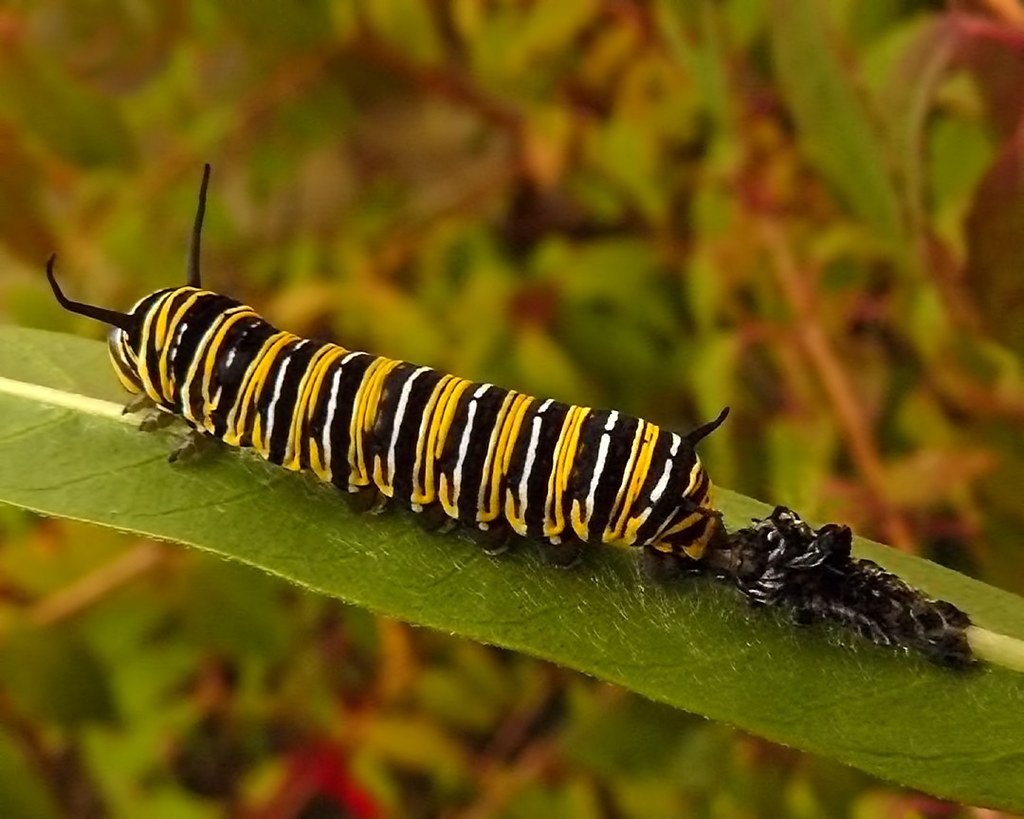
Complete metamorphosis might seem like evolutionary overkill, but it’s actually a brilliant survival strategy that gives insects a massive advantage. By having completely different life stages, insects can exploit different ecological niches without competing with themselves. A caterpillar optimized for eating leaves would make a terrible pollinator, while a butterfly built for flight and nectar-feeding would starve trying to chew through tough plant matter. This radical separation allows one species to essentially live two completely different lives. The strategy has been so successful that insects with complete metamorphosis make up about 65% of all known animal species on Earth.
The Four Stages of the Ultimate Transformation
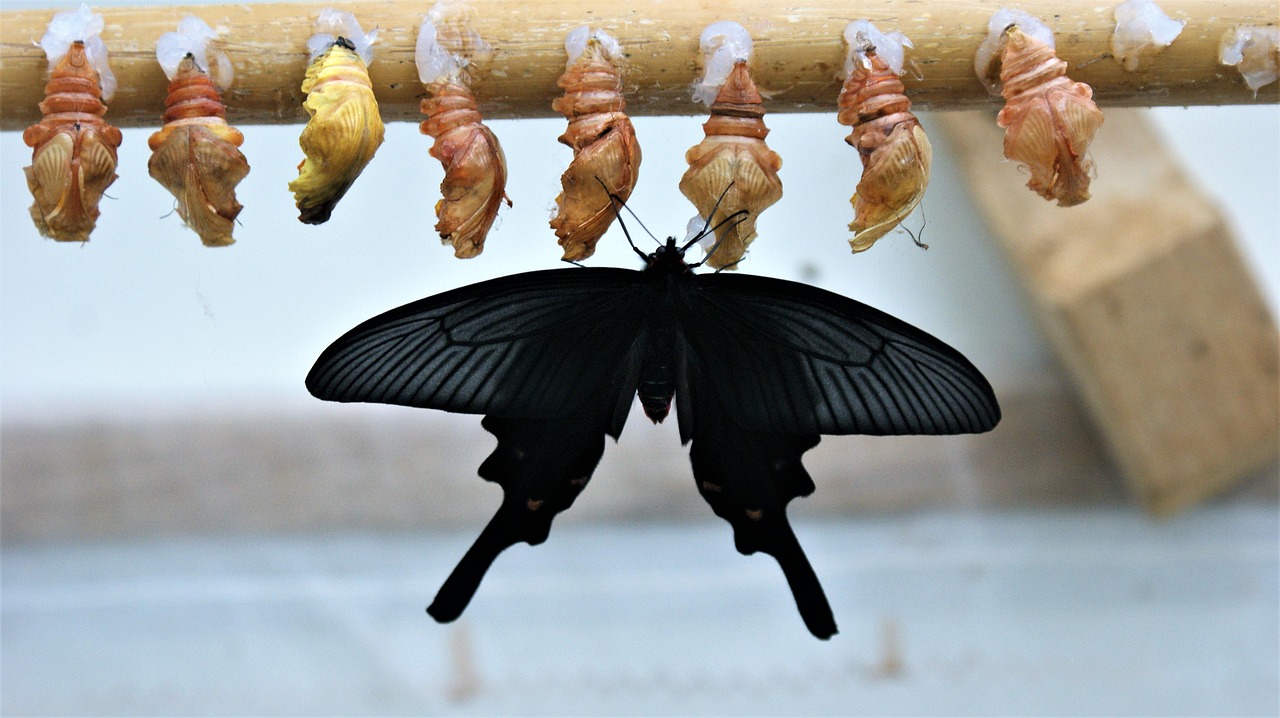
Complete metamorphosis follows four distinct stages that read like a science fiction novel. The egg stage provides a safe starting point, while the larva stage focuses entirely on growth and energy storage. The pupal stage is where the magic happens – the total breakdown and rebuilding process that can take anywhere from a few days to several months. Finally, the adult stage emerges ready for reproduction, often looking nothing like its former self. Each stage is so different that early scientists actually classified them as separate species before understanding the connection. Think of it as one animal playing four completely different roles in the same lifetime.
Hormones: The Chemical Conductors of Metamorphosis
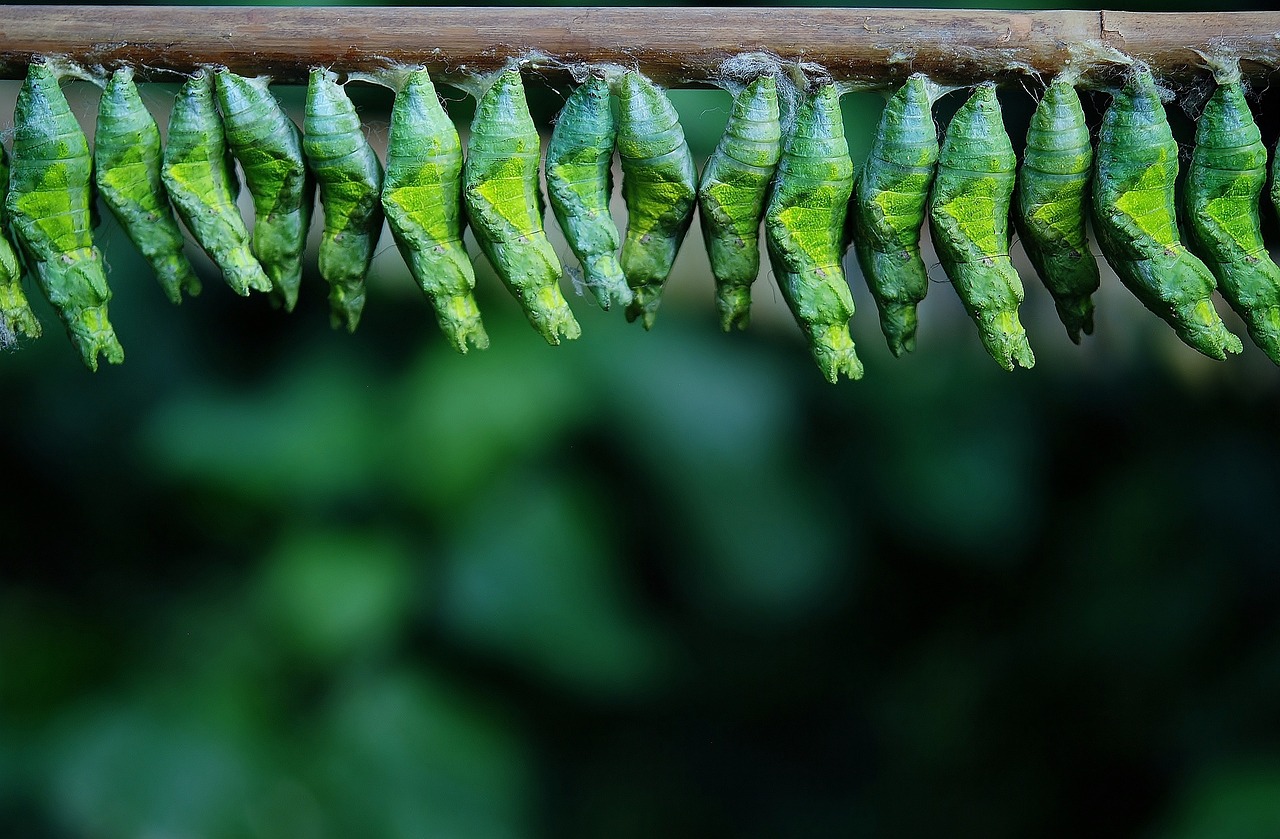
The entire metamorphosis process is orchestrated by a complex symphony of hormones that would make a pharmaceutical company jealous. Juvenile hormone keeps the insect in its larval stage, while ecdysone triggers molting and eventually metamorphosis. When juvenile hormone levels drop dramatically, it signals the beginning of the pupal stage and the great dissolving act. Prothoracicotropic hormone acts like a master switch, coordinating the timing of this incredible transformation. These chemical messengers ensure that metamorphosis happens at exactly the right moment, when the larva has stored enough energy and environmental conditions are favorable.
Not All Insects Choose the Goo Route
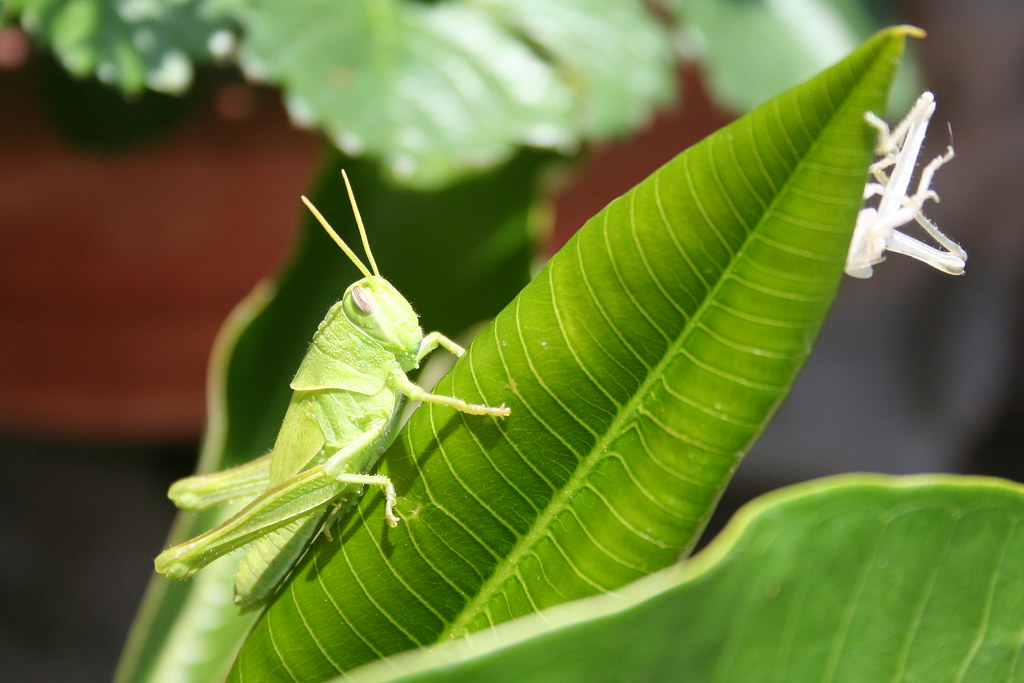
While complete metamorphosis gets all the attention, many insects take a more conservative approach called incomplete metamorphosis. Grasshoppers, dragonflies, and true bugs skip the total meltdown phase and instead grow through a series of molts, gradually developing adult features. These insects, called hemimetabolous, look like miniature versions of adults from the moment they hatch. They simply shed their skin multiple times as they grow, like outgrowing clothes rather than dissolving into soup. This approach is less dramatic but still incredibly successful, proving that evolution doesn’t always favor the most extreme solutions.
The Engineering Marvel of Rebuilding From Scratch
The reconstruction phase of metamorphosis reads like a manual for advanced bioengineering. Using the dissolved tissues as raw materials, imaginal discs begin rapidly dividing and differentiating into specialized cell types. Wings develop from flat discs into complex three-dimensional structures complete with scales, veins, and intricate patterns. Digestive systems are completely rebuilt to handle new food sources, while reproductive organs develop for the first time. The nervous system undergoes major rewiring to control new behaviors like flying instead of crawling. This biological 3D printing process happens with a precision that human technology can barely comprehend.
Butterflies vs. Moths: Different Approaches to the Same Process

Both butterflies and moths undergo complete metamorphosis, but they’ve evolved different strategies for surviving the vulnerable pupal stage. Butterflies typically form a hard chrysalis that hangs exposed, relying on camouflage and sometimes toxic chemicals for protection. Moths usually spin a cocoon made of silk, creating a protective barrier around their developing body. Some moth species even incorporate irritating hairs or plant materials into their cocoons for extra defense. Despite these differences, both groups experience the same fundamental process of cellular dissolution and reconstruction, proving that nature often finds multiple solutions to the same challenge.
The Incredible Timing of Nature’s Greatest Magic Trick
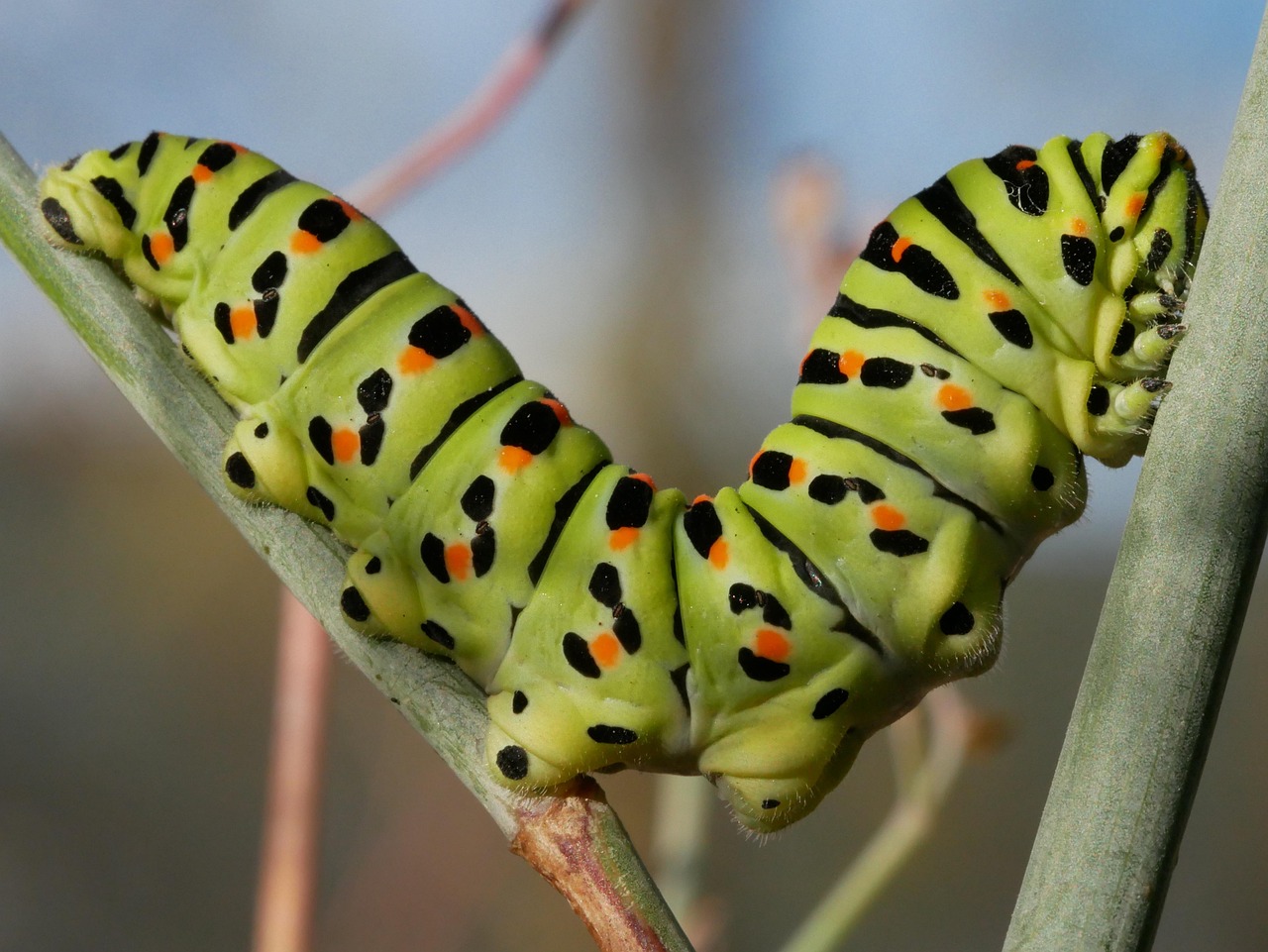
The timing of metamorphosis is crucial for survival, and insects have evolved remarkable precision in this process. Many species use environmental cues like temperature, day length, or seasonal changes to trigger transformation at the optimal moment. Some insects can even pause their development in a state called diapause, waiting months or even years for conditions to improve. Temperature plays a particularly important role – too cold and the process slows to a crawl, too hot and it can fail entirely. This biological clock ensures that adults emerge when food sources are abundant and mates are available, maximizing their chances of reproductive success.
Beetles: The Masters of Metamorphosis
Beetles represent the largest group of animals on Earth, and their success is largely due to their mastery of complete metamorphosis. Beetle larvae often look like grubs or worms, specialized for life underground or inside rotting wood. Their transformation can be particularly dramatic – a soft, pale grub becomes a hard-shelled, often colorful adult with complex behaviors. Some beetle species spend years as larvae before undergoing metamorphosis, while others complete the entire cycle in just a few weeks. The diversity of beetle metamorphosis strategies demonstrates the incredible flexibility of this developmental approach.
Flies: Speed Demons of Transformation
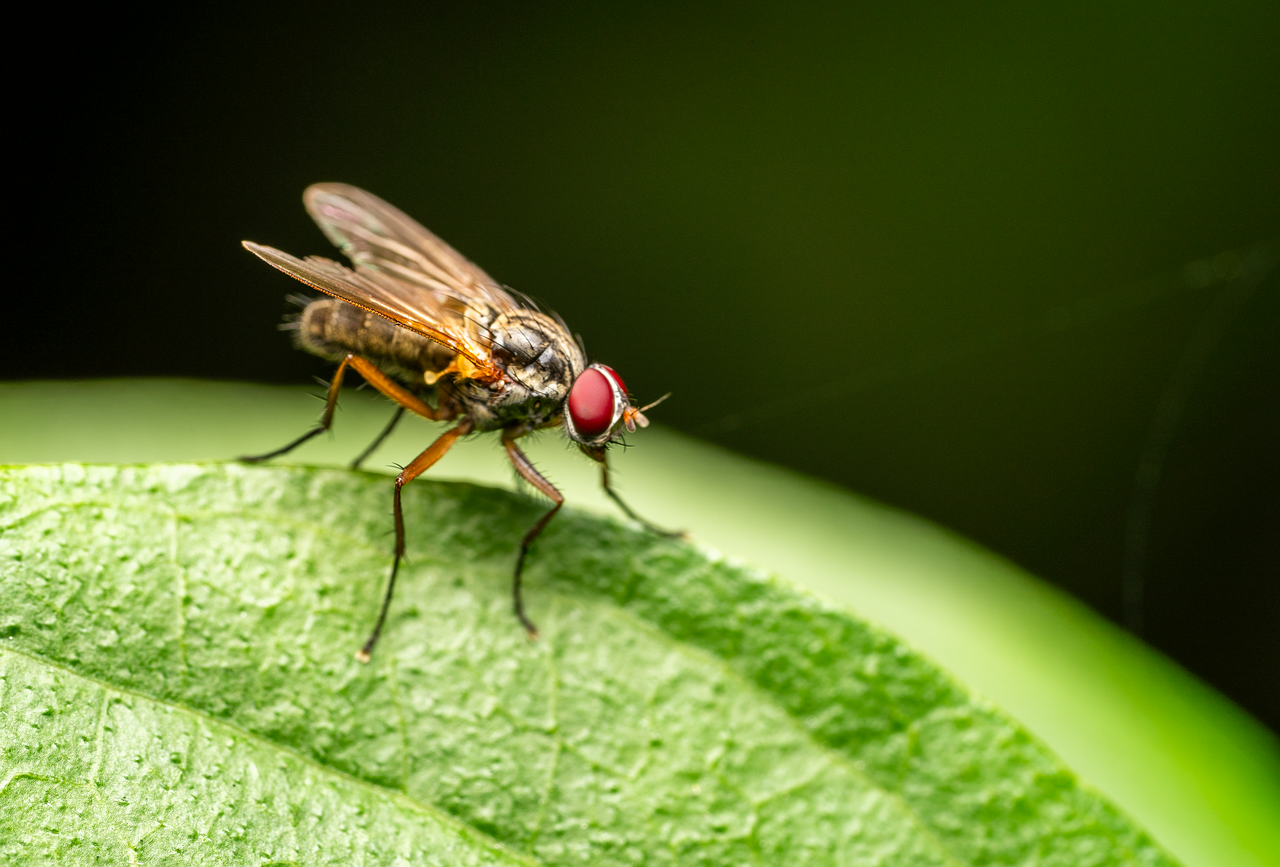
Flies have perfected the art of rapid metamorphosis, with some species completing their entire life cycle in just a week. House flies, for example, can go from egg to adult in as little as seven days under optimal conditions. Their larvae, known as maggots, are essentially eating machines that grow at an incredible rate before forming a protective case called a puparium. Inside this hardened shell, the maggot dissolves and rebuilds itself into a flying adult in just a few days. This lightning-fast development allows flies to take advantage of temporary food sources and explains why they seem to appear out of nowhere.
The Disturbing Beauty of Wasp Metamorphosis
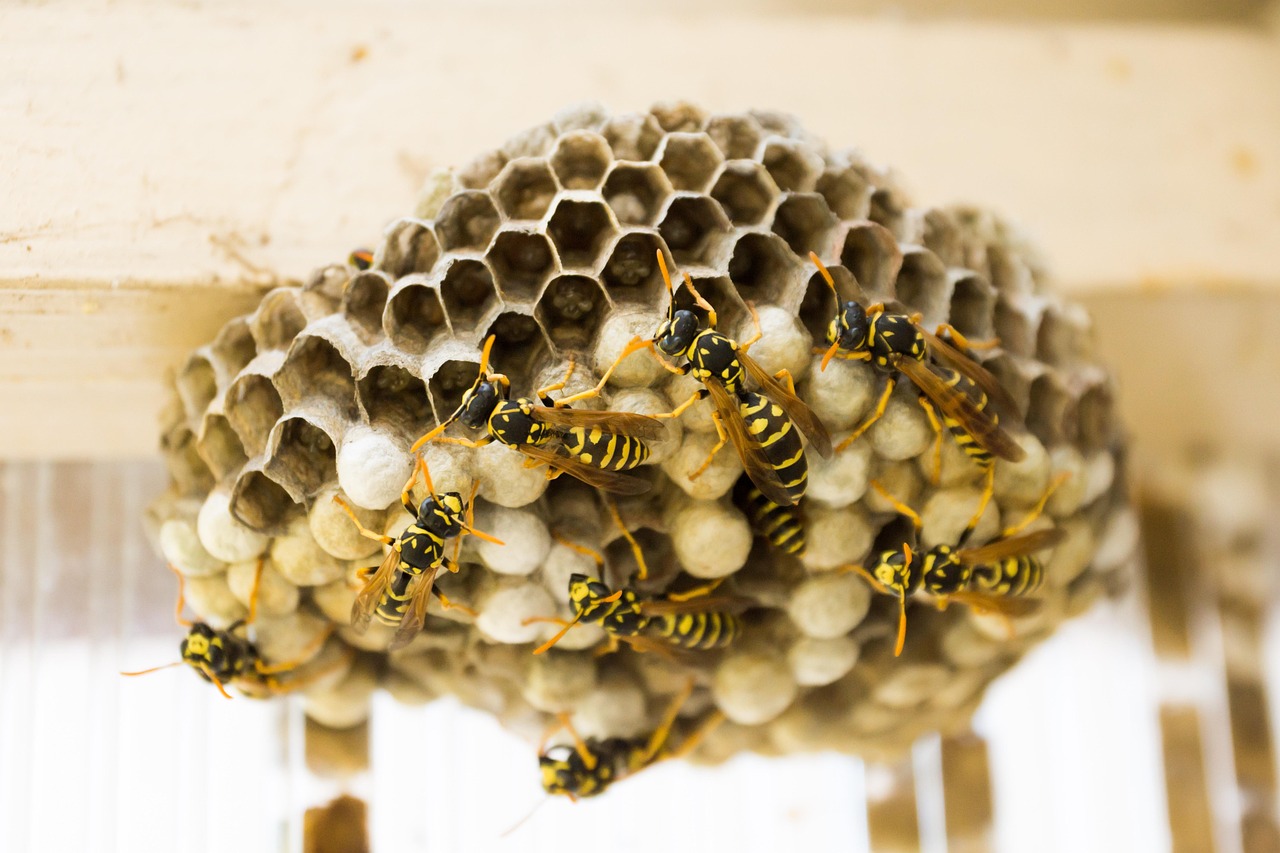
Wasps undergo some of the most complex metamorphosis processes in the insect world, especially social species like yellow jackets and hornets. Their larvae develop in hexagonal cells within the nest, cared for by sterile workers who feed them pre-digested food. The transformation from helpless larva to powerful predator involves developing some of the most sophisticated hunting equipment in nature. Adult wasps emerge with compound eyes that can track fast-moving prey, wings capable of precise flight maneuvers, and venomous stingers. The social organization of wasp colonies adds another layer of complexity, with different castes emerging based on environmental conditions and chemical signals.
Why Some Insects Skip the Dissolving Act Entirely
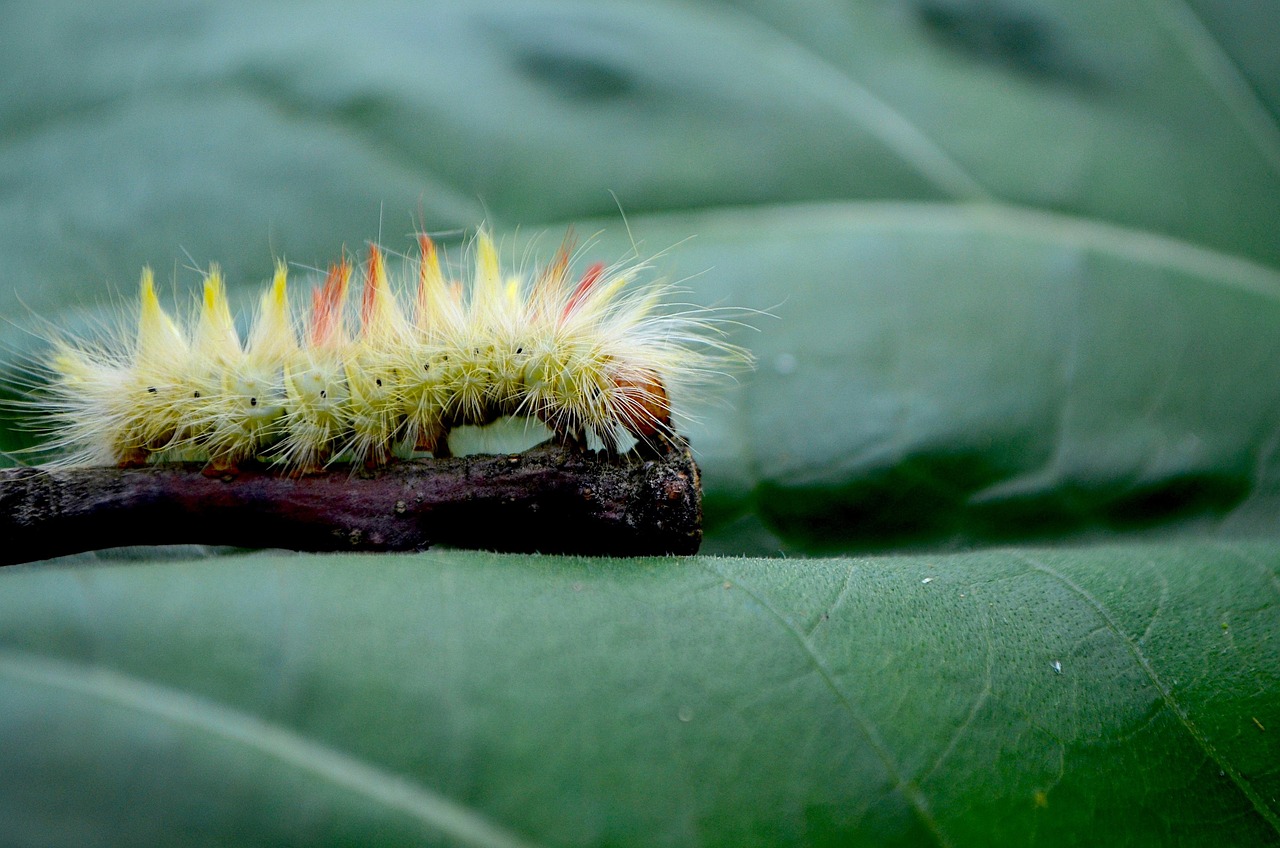
Not all insects need to dissolve into goo to reach adulthood, and understanding why reveals the evolutionary trade-offs involved in different development strategies. Insects with incomplete metamorphosis can remain active and feeding throughout their development, avoiding the vulnerable pupal stage entirely. However, they sacrifice the ability to completely redesign their body plan between life stages. This limits their ecological flexibility but provides continuous growth and reduces the risk of predation during a helpless pupal phase. Both strategies have proven successful, which is why we see such incredible diversity in insect development patterns across different species.
The Future of Metamorphosis Research
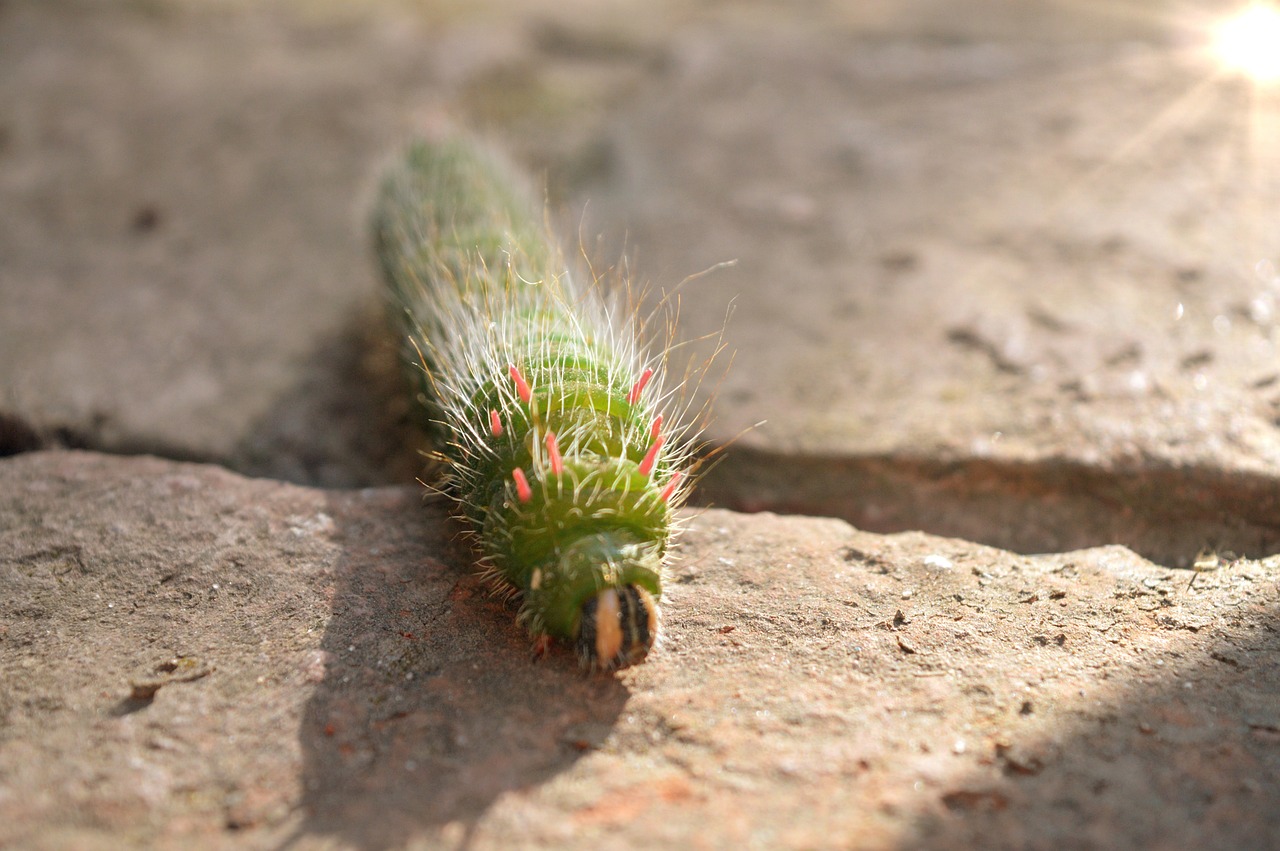
Scientists are increasingly fascinated by metamorphosis as a model for understanding development, regeneration, and even potential medical applications. Research into how insects completely rebuild their bodies is providing insights into tissue engineering and regenerative medicine. Some researchers are exploring whether understanding metamorphosis could help us develop better treatments for degenerative diseases or improve wound healing. The precision and efficiency of insect metamorphosis represents a level of biological engineering that we’re only beginning to understand. As we face challenges like climate change and habitat loss, understanding these processes becomes even more critical for conservation efforts.
Climate Change and the Future of Insect Transformation
Rising temperatures and changing weather patterns are disrupting the carefully timed process of metamorphosis for many insect species. Earlier springs can trigger metamorphosis before food sources are available, while extreme weather events can kill vulnerable pupae. Some species are adapting by shifting their timing or geographic ranges, but others may not be able to keep pace with rapid environmental changes. The intricate relationship between temperature, humidity, and metamorphosis timing means that even small climate shifts can have major impacts on insect populations. Understanding these relationships is becoming increasingly important as we work to protect biodiversity in a changing world.
The process of complete metamorphosis stands as one of nature’s most remarkable achievements, turning the simple act of growing up into an extreme biological adventure. From the cellular soup stage to the emergence of a completely new creature, this transformation challenges our understanding of what’s possible in the natural world. Every butterfly that flutters past your window has survived one of the most dramatic makeovers imaginable, dissolving into liquid and rebuilding itself from the ground up. The next time you see a chrysalis hanging from a branch, remember that inside that quiet shell, one of nature’s most incredible magic tricks is taking place. What other seemingly impossible transformations might be happening right under our noses?

